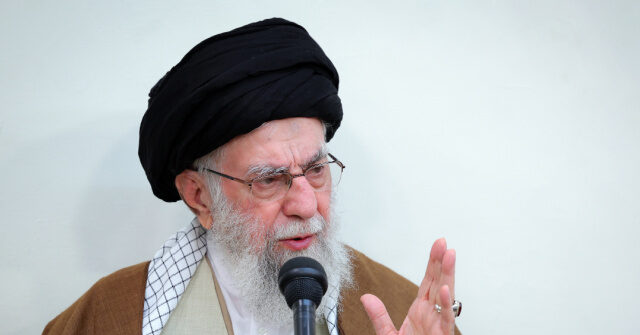In a recent address, Iran’s Supreme Leader Ayatollah Ali Khamenei called upon the Syrian populace to rise against the insurgents that led to the downfall of Bashar Assad, his regime’s long-standing ally. Khamenei characterized the rebellion as a U.S.- and Israel-directed conspiracy that resulted in the disintegration of a dynasty that had ruled Syria for half a century. Asserting that the chaos introduced by the insurgents had endangered young Syrians, he expressed optimism that they would eventually rally to oust the current leadership, led by the al-Qaeda-affiliated group Hayat Tahrir al-Sham (HTS). He highlighted the vulnerabilities of Syrian youth, emphasizing their need to stand firm against those responsible for their plight.
In stark contrast to Khamenei’s depiction of fervent discontent in Syria, Iran International has reported a lack of significant uprisings since the Assad regime regained control over Damascus. The media outlet noted that the prevailing atmosphere suggested that many Syrians, especially the youth, reacted positively upon witnessing the regime’s restoration, celebrating the event rather than showing signs of dissension. Events following Assad’s reassertion of power demonstrated a sense of relief among the populace, challenging Khamenei’s narrative of a disaffected youth eager to revolt against the current governance powered by insurgents.
Furthermore, Khamenei vehemently rejected the characterization of Assad as an Iranian puppet and denied the existence of proxy forces acting on Iran’s behalf within the Middle East. His insistence on the autonomy of groups like Hezbollah, Hamas, and the Houthis reinforced his agenda to dissociate from what he regarded as erroneous perceptions of Iranian influence over regional dynamics. This declaration, however, drew scrutiny from observers who noted that Khamenei’s statements perhaps reflected desperation to distance the Islamic Republic from the apparent decline of its regional allies, which many associate with its broader strategic failures.
Recent events in the region have underscored Iran’s waning influence, particularly following heightened military actions against its affiliated groups. As noted, Hezbollah in Lebanon and Hamas have both faced significant setbacks, diminishing Iran’s position in areas where it once claimed substantial strength. Khamenei’s prior bold assertions of Iranian commitment to the so-called “resistance front” seem misleading in light of these developments, leading critics to posit that the current regime is becoming increasingly isolated, particularly in the aftermath of the recent conflict developments influencing groups it formerly backed.
Compounding these challenges, Khamenei faces internal pressures within Iran itself, where frustration with the government is palpable. His warning to potential dissenters—threatening serious repercussions for anyone who might align with U.S. interests—revealed a deep-seated fear of uprisings within the nation. The phrases he used indicated that authorities are prepared to respond aggressively to perceived threats against the regime, suggesting a precarious balance of power and widespread instability within Iran as Khamenei grapples with both external challenges and internal discontent.
Meanwhile, Israeli Prime Minister Benjamin Netanyahu has reiterated the threat posed by the Houthis in Yemen, linking them to the broader conversation of Iranian proxy forces that have suffered losses across the region. Netanyahu’s declarations frame the Houthis as vulnerable components of an “evil axis,” echoing Khamenei’s earlier insistence that Iranian resolve remains unshaken despite the setbacks suffered by its affiliated groups. As Khamenei begins to confront these multifaceted challenges, the vision he paints of a revitalized resistance against U.S. and Israeli power may clash with the realities of a shifting geopolitical landscape, marked by both weakened proxies and an increasingly wary domestic populace.

